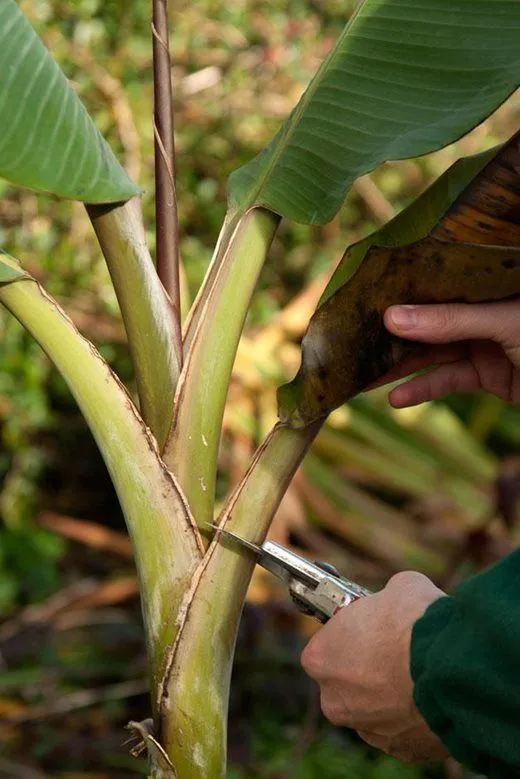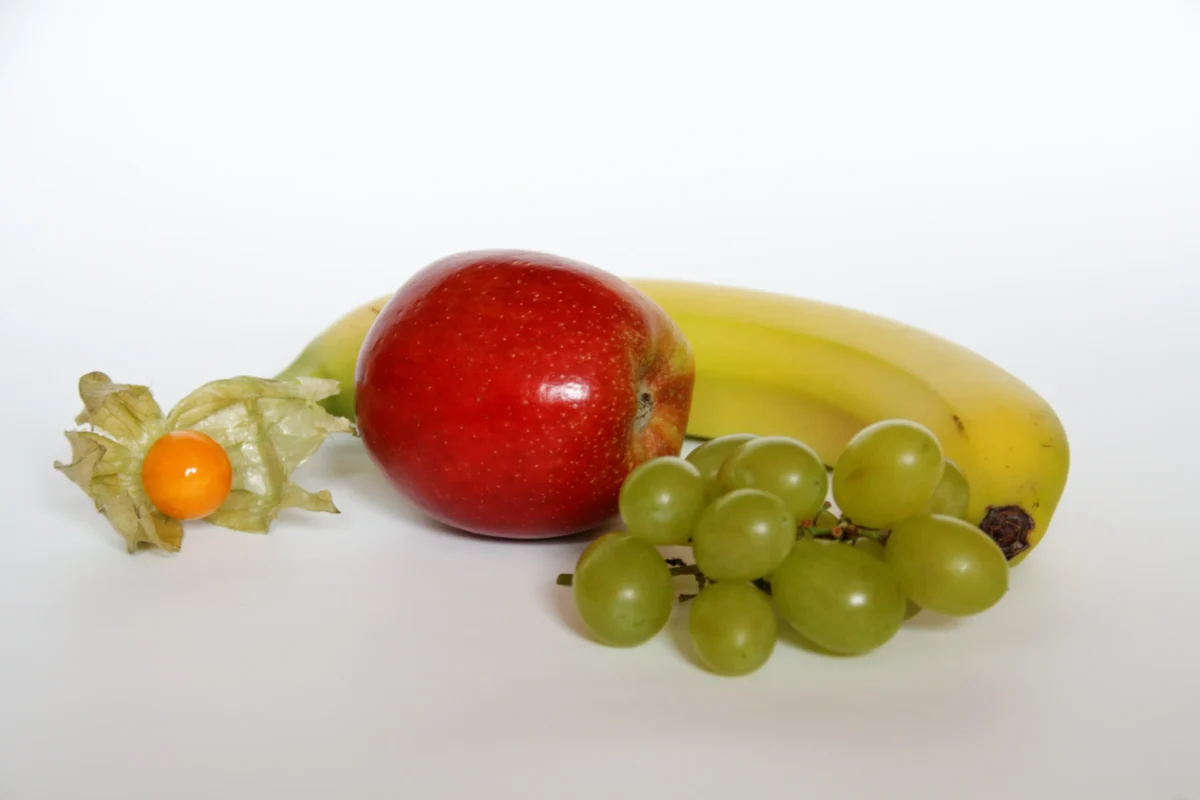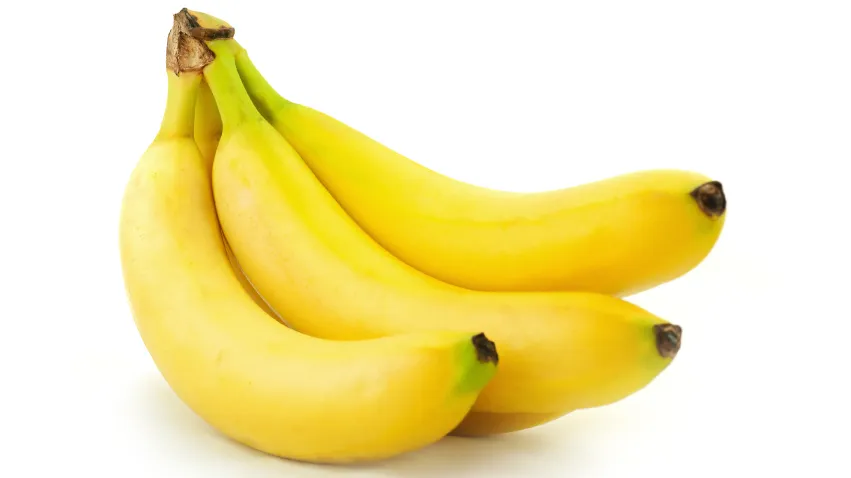How to Protect Your Precious Banana Leaves from Wind Damage
Banana leaves are a staple in many cultures, used for everything from wrapping food to making decorations. But did you know that wind can wreak havoc on these precious leaves? In this article, we`ll explore why it`s so important to protect banana leaves from wind damage and offer tips for doing so.

We`ll cover the different types of wind damage, from bent or torn leaves to irreversible structural damage. We`ll also discuss methods for protecting your banana plants and leaves, such as adding support structures or windbreaks.
Whether you`re a banana enthusiast or just looking to learn more about this fascinating plant, this article will provide valuable information on how to maintain healthy banana plants and leaves despite wind exposure. So read on to learn more about protecting your banana leaves from wind damage!
An Introduction to the Importance of Protecting Banana Leaves from Wind.

The importance of protecting banana leaves from wind cannot be overstated. These delicate leaves serve as the primary source of nutrition for the entire banana plant, and any damage to them can have devastating effects on the plant’s overall health and yield.
Wind can easily tear and shred banana leaves, which not only limits their ability to photosynthesize but also exposes them to potential infections and diseases. Moreover, damaged leaves are more susceptible to pest attacks and harsh weather conditions such as extreme heat or cold.
Protecting banana leaves from wind is therefore crucial for ensuring the optimal growth and development of the plant. This can be achieved through a variety of methods, including using protective barriers such as windbreaks or simply planting bananas in areas with natural shelters such as hillsides or forests.
In addition to shielding plants from wind damage, protecting banana leaves also has environmental benefits. Banana plants play a vital role in carbon sequestration by absorbing atmospheric CO2 during photosynthesis. By safeguarding their foliage from destruction by winds, we help these plants continue playing this important ecological role.
Overall, it is clear that protecting banana leaves from wind is essential for promoting healthy plant growth, preventing pest infestations and diseases while also contributing positively to our environment’s health. As we continue exploring ways to cultivate bananas sustainably in an ever-changing climate, it is essential that we pay attention to this critical aspect of cultivation too.
The different types of wind damage that can occur to banana leaves.
Bananas are a beloved fruit all around the world, but did you know that the leaves of this plant can also be susceptible to wind damage? There are various types of wind damage that can occur to banana leaves, each with its own unique set of symptoms and effects.
One type of wind damage is leaf shredding, which occurs when strong winds tear through the delicate leaves. This can result in jagged edges and holes in the foliage, making it more difficult for the plant to photosynthesize properly. Another type of wind damage is leaf bending, which happens when winds push against the leaves and cause them to bend or fold over. This can lead to reduced sunlight exposure and hinder overall growth.
In extreme cases, banana plants may even experience uprooting or toppling due to high winds. This not only damages the leaves but also affects the entire plant’s stability and ability to produce fruit.
It is important for farmers and growers to understand these various types of wind damage so they can take preventative measures such as planting trees in sheltered areas or using support structures like trellises or stakes. By being aware of these potential threats, banana farmers can protect their crops from harmful weather conditions and ensure a successful harvest season.
In conclusion, while bananas may seem like a simple fruit at first glance, there is much more complexity involved than one might think – including how their leaves are affected by different types of wind damage. Understanding these nuances not only helps farmers improve their crop yield but also deepens our appreciation for this tropical treasure.
Methods for protecting banana leaves from wind damage include adding support structures or windbreaks.

Banana leaves are not only aesthetically pleasing, but they are also essential for the growth and development of this tropical fruit. However, strong winds can wreak havoc on these delicate leaves, damaging them and hindering the growth of the banana tree. To protect banana leaves from wind damage, there are several methods to consider.
One method is to add support structures to the banana plant. This can be achieved by using bamboo stakes or metal poles that are anchored firmly into the ground beside the plant. Tying strings or ropes around these supports and securing them to the banana tree will help keep it steady during windy conditions.
Another effective way to protect banana leaves from wind damage is by installing a windbreak around your garden or plantation. A windbreak is typically made up of trees, shrubs or fences that act as a barrier against strong winds. These structures can help reduce wind speeds and provide a sheltered environment for your plants.
In addition to physical protection measures, it’s important to maintain healthy soil conditions for your banana plants as well. Nutrient-rich soil will ensure that your plants have strong stems and roots which can better withstand windy conditions.
In conclusion, protecting banana leaves from wind damage is crucial for maintaining healthy plant growth and maximizing fruit yield. Adding support structures or installing a windbreak can be effective methods in achieving this goal while also ensuring overall garden maintenance remains optimal throughout all seasons of weather fluctuations!
Tips for maintaining healthy banana plants and leaves despite wind exposure.
Banana plants are a popular choice for home gardeners due to their delicious fruit and lush foliage. However, these tropical plants can be sensitive to wind exposure, which can damage leaves and decrease fruit yield. Here are some tips for maintaining healthy banana plants and leaves despite windy conditions.

« Solutions for Dry Banana Bread Batter: Tips and Tricks for Perfectly Moist Bread Every Time
The Top Most Amazing Banana Beauty Tips and Benefits »
Firstly, it is important to choose a sheltered location for your banana plant. Look for an area that is protected from strong winds, such as next to a wall or fence. If this is not possible, consider creating a windbreak using materials such as bamboo or fabric.
Secondly, ensure that your banana plant is well-watered and fertilized. Adequate moisture and nutrients will help the plant withstand stress caused by wind exposure. Use a balanced fertilizer with equal amounts of nitrogen, phosphorus, and potassium.
Thirdly, prune your banana plant regularly to remove damaged or diseased leaves. This will allow the plant to focus its energy on producing healthy new growth rather than repairing old foliage.
Lastly, consider using foliar sprays or treatments designed specifically for combating wind damage in banana plants. These products can help strengthen the cell walls of leaves and reduce water loss during windy conditions.
By following these tips, you can ensure that your banana plants remain healthy and productive despite windy conditions. With proper care and maintenance, you can enjoy delicious bananas straight from your own backyard!
Check out our other articles to find out even more about banana.
Protecting banana leaves from wind damage is an important part of keeping your banana plants healthy and productive. By understanding the different types of wind damage that can occur, as well as methods for protecting your leaves and tips for maintaining optimal health, you can ensure that your bananas get the care they need to thrive in any environment. Check out our other articles to find out even more about banana!










